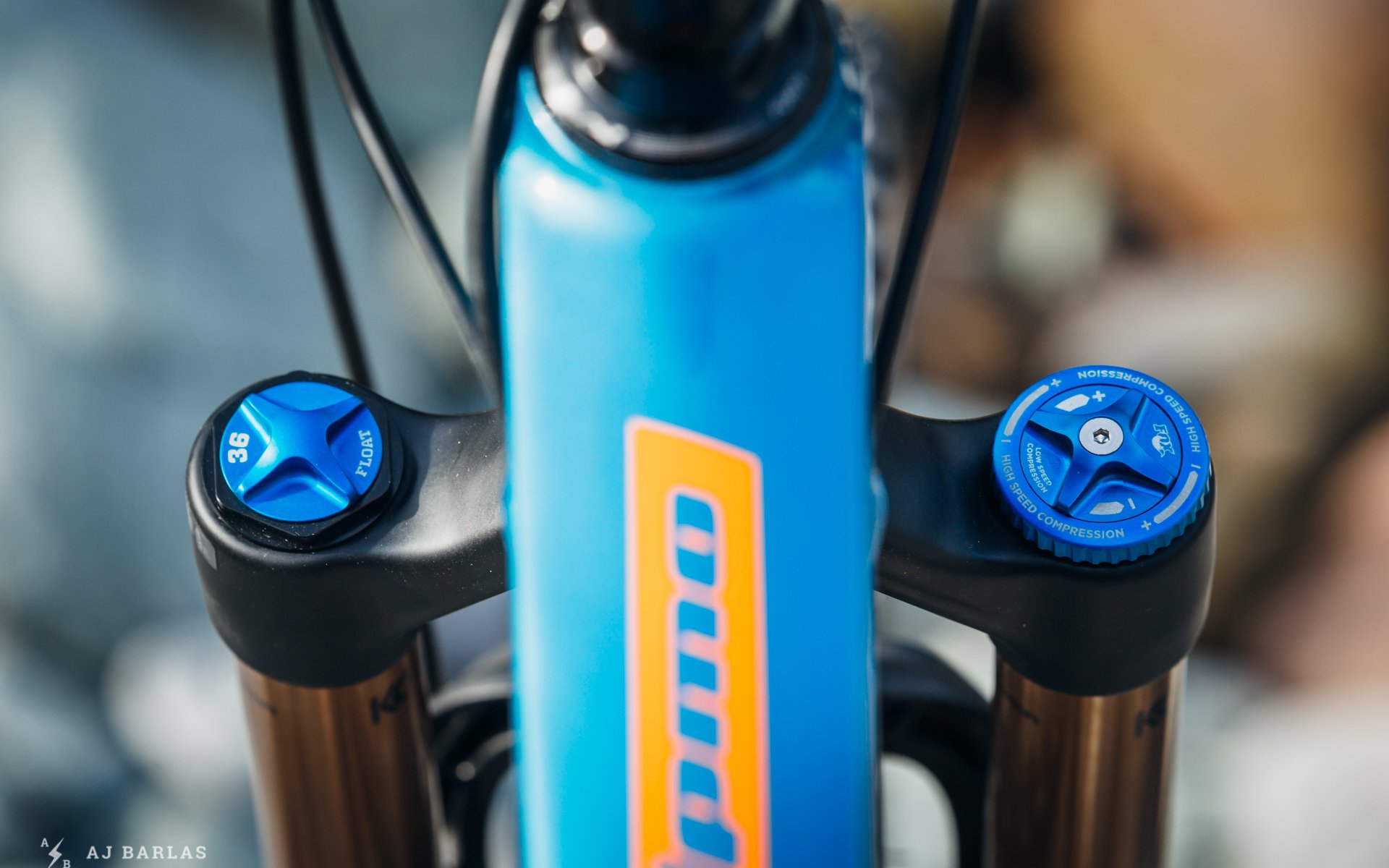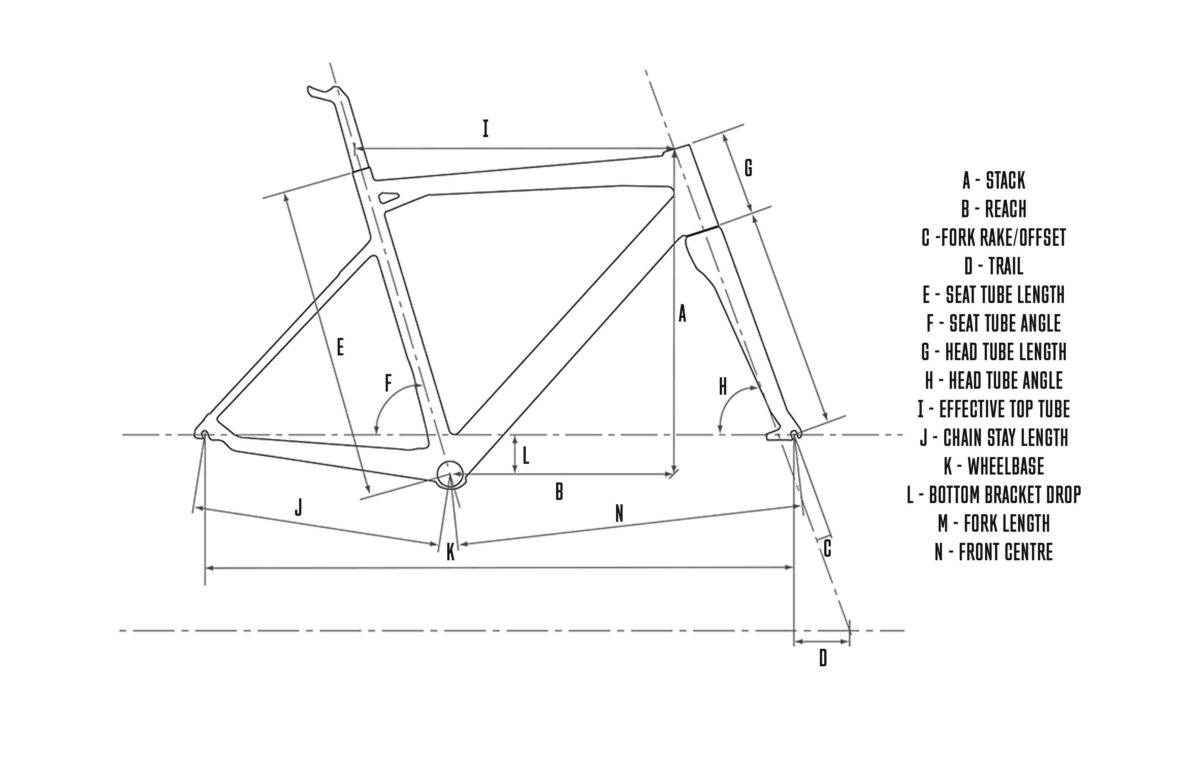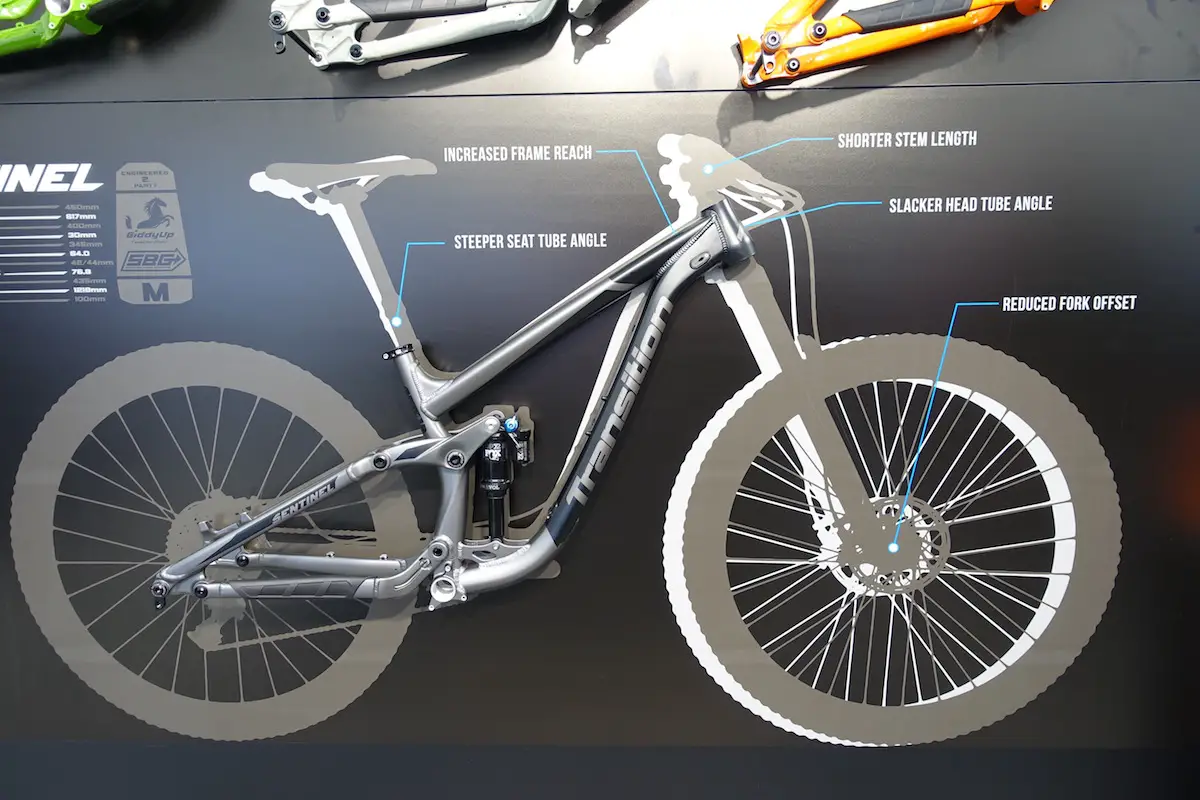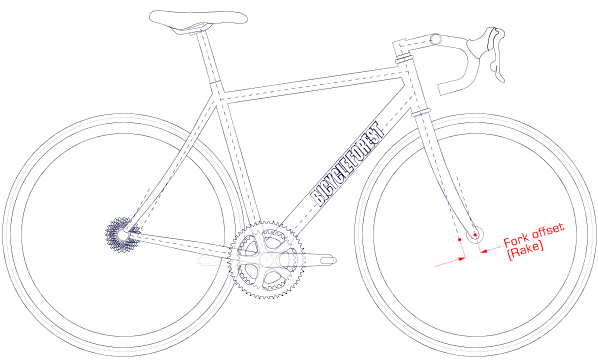Mountain Bike Fork Offset Explained

There is less effort required to.
Mountain bike fork offset explained. Another thing which has evolved to make bikes work better on even more parts of your ride. Suddenly talk of offset is everywhere. But let s start with the head tube angle. All modern mountain bike forks have a positive offset.
There is no way around it mountain bike fork offset is a damn complicated subject. The headtube angle is the angle at which the head tube is to the ground. With that in mind here are the basics of fork offset and how it affects bike handling. In this video we clear the confusion and take an in depth look at what fork offset is and how it will affect your ride.
Fork offset is the measured distance from the steering axis to the mounting point of the front wheel. Mountain bike manufacturers have recently started playing around with fork offset creating shorter offset forks and shouting about them on the spec sheets. Fork offset is the measurement of how far the front hub axle sits in front of the bike s steering axis. The fork offset conversation certainly isn t new but talk is still raging on and it s an important part of modern mountain bike geometry and new bike launches.
Out of the three fork trail arguably tells us the most about how a bicycle will steer. Suddenly talk of offset is everywhere and we see more manufacturers speccing stock builds with shorter offset forks. Mountain bike manufacturers have recently started playing around with fork offset creating shorter offset forks and shouting about them on the spec sheets. The result is a trail.
The common offset for a 650b fork is 44mm and the trail on a 650b bike using that fork will be nearly the same as that on a 26in bike for bikes with the same ha. You ll lose a bit of wheelbase but it may be a price worth paying if you re all about the steep and twisty stuff. A bike with a steeper head angle has faster steering. The trend only recently became popular due to brands like transition pushing the boundaries of bike geometry in.



























